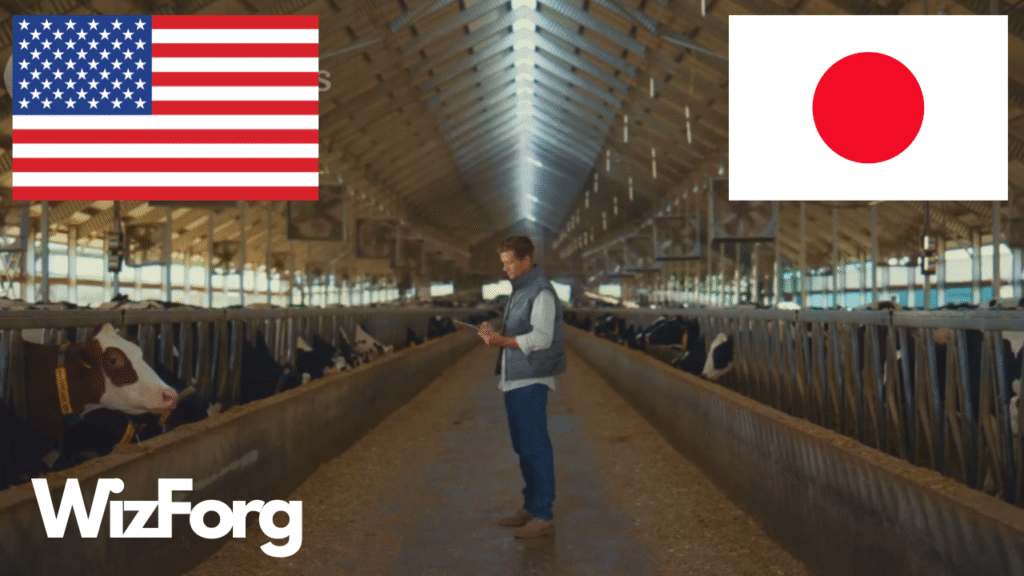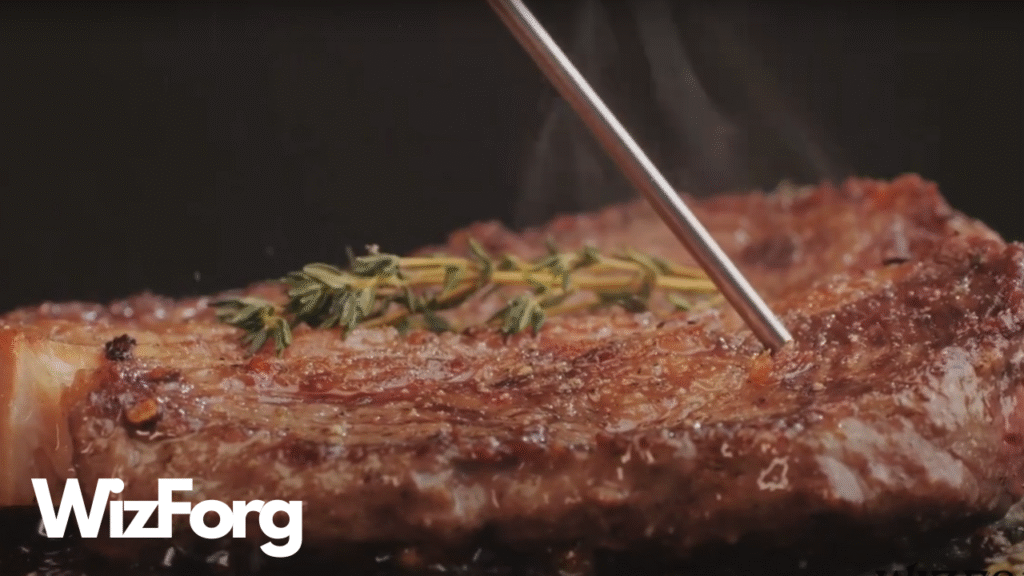Wagyu is one of the most luxurious and talked-about types of beef worldwide. Whether served as a high-end steak or a gourmet burger, it has a reputation for richness and quality. But not all Wagyu is the same. There is a major difference between Japanese and American Wagyu, and understanding it might change how you look at your next steak.
What Wagyu Means
The word “Wagyu” means “Japanese cow.” But in Japan, it refers to four specific cattle breeds known for their high marbling and tenderness. These breeds are raised using time-tested techniques that go back generations.
The term “Wagyu” is used more loosely in the United States. Many farmers cross Japanese Wagyu with local cattle like Angus. While the result is still premium beef, it does not follow the same strict traditions or regulations in Japan.
The Difference in Marbling
One of the most noticeable differences between Japanese and American Wagyu is the marbling, the fine white fat that weaves through the meat. Japanese Wagyu is famous for its intense marbling and buttery texture.
In Japan, beef is graded using a system that measures marbling, color, and fat quality. The highest grade is A5, and the top marbling score is 12. A steak with that fat level can be nearly 50 percent marbling, making it extremely tender and rich.
American Wagyu usually has a marbling score of around 6 to 8. It is still far more marbled than standard beef but does not have the same melt-in-your-mouth texture. Instead, it offers a stronger beef flavor and a more familiar bite.
How the Cattle Are Raised
In Japan, Wagyu cattle are raised under very controlled conditions. Each cow is carefully tracked and given a specialized diet that includes grains like rice bran and sometimes beer. Farmers focus on keeping the animals calm and healthy for up to three years.
American Wagyu cattle are often raised in larger operations and finished more quickly. They are still given quality feed, but the focus is more on efficiency. As a result, American Wagyu is more available and less expensive, but it may lack some of the depth of flavor found in the Japanese original.
Japan also requires DNA tracking and certification to ensure the beef is purebred Wagyu. The United States does not have the same strict protections, which is why the Wagyu label can vary in meaning depending on the producer.
Price and Accessibility
Authentic Japanese Wagyu is not just expensive; it’s a rare and exclusive delicacy. Strict import limits and long production times mean a single steak can cost over a hundred dollars. Because of its richness and price, it is often sold in small portions, adding to its exclusivity.
American Wagyu, on the other hand, is more affordable and easier to find. You might see it on restaurant menus or high-end grocery stores, making it more accessible to a wider audience. While it is not as rare, it offers an upgrade over regular beef, catering to those who seek a premium dining experience.
In short, Japanese Wagyu is like fine wine. American Wagyu is more like a luxury sports drink—still impressive, but in a different way.
Which One Should You Choose?
The answer depends on your taste and your budget. If you want a soft, silky, rich bite that dissolves in your mouth, then Japanese Wagyu is the ultimate experience. American Wagyu is a great option for a heartier, beefier steak with a premium edge.
Both Wagyu types have unique qualities and places in the food world. Remember that “Wagyu” does not always mean the same thing. If quality and tradition matter to you, ask where the beef comes from and how it was raised. This diversity in Wagyu beef allows us to appreciate the unique flavors and traditions each type brings to the table.
Final Thoughts
Wagyu beef has earned its place as a symbol of culinary luxury. But behind the name lies a world of difference in quality, flavor, and care. The next time you order a Wagyu steak or burger, take a moment to check the label. You might discover whether you are eating a true Japanese delicacy or a Western interpretation.
Either way, you are in for something special.



